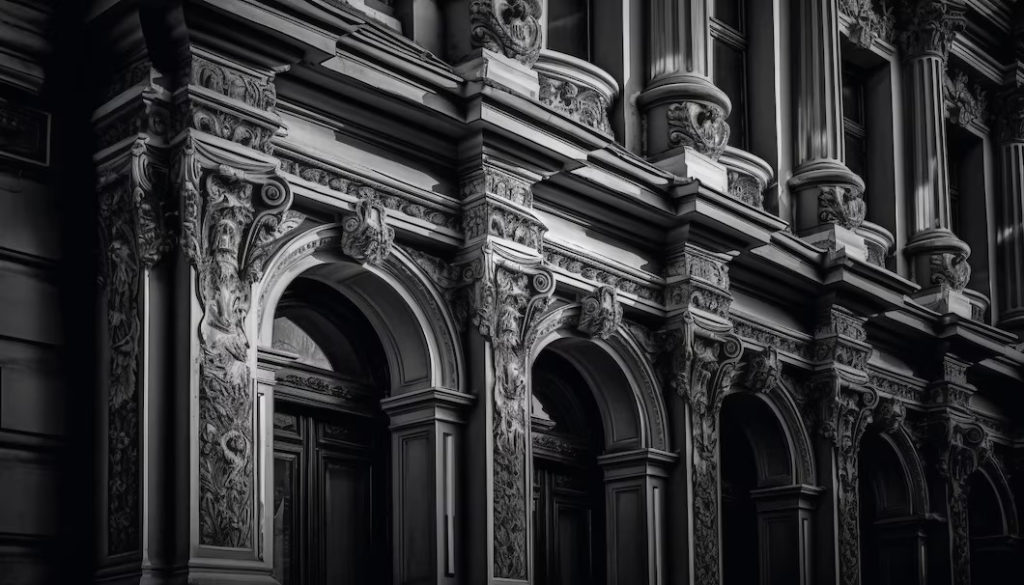The city of Philadelphia has always been at the forefront of architectural design, from traditional to modern. However, with the advent of technology, the skyline of Philadelphia is changing rapidly. In this blog post, we will explore the evolution of architectural design in Philadelphia and how technology has played a crucial role in shaping it. We will delve into the impact of digital tools such as building information modeling (BIM) and their transformative effect on architectural design. We will also showcase some iconic technological innovations in architecture that have transformed Philadelphia’s skyline. Furthermore, we will discuss future advancements in AI and machine learning that will shape the future of architectural design. Lastly, we will address challenges and solutions in implementing technology while balancing historical preservation and integrating it into architectural education. So let’s dive into how technology is revolutionizing modern architectural design in Philadelphia!
The Evolution of Architectural Design in Philadelphia
Philadelphia’s architecture has evolved from traditional to modern design, showcasing a mix of styles influenced by different eras. The city’s iconic buildings and landmarks reflect its rich architectural history. From historic structures to contemporary designs, Philadelphia’s diverse range of buildings tells the story of its character and heritage. Advancements in technology, urban planning, and societal changes have influenced the city’s architectural evolution. Architects in Philadelphia have pushed boundaries, incorporating innovative design techniques and materials to enhance both functionality and aesthetics. The University of Pennsylvania’s School of Design has played a significant role in shaping architectural education and practice in Philadelphia. Graduates from this prestigious institution have made groundbreaking contributions globally. Drawing inspiration from global trends while maintaining a distinct regional character, Philadelphia continues to embrace sustainability, technology, and artistry in new projects. The city is committed to preserving its historical treasures while embracing contemporary design innovations. Philadelphia offers a vibrant canvas for architectural exploration and expression, combining heritage with forward-thinking approaches.

From Traditional to Modern Architecture
Philadelphia’s architecture has evolved from traditional to modern, incorporating new materials and construction techniques. Modern architecture in the city emphasizes functionality, simplicity, and clean lines. Architects have blended traditional and modern elements to create unique expressions that reflect the city’s character. Factors like urbanization and societal needs have driven the shift towards modern architecture. Architects draw inspiration from cities like New York, Chicago, and London, exploring concepts like healthcare and industrial production. In the 1990s, Philadelphia’s Center City experienced urban development with input from the University of Pennsylvania. As demand for sustainable cities grows, Philadelphia is at the forefront, integrating technology into architectural education to prepare future architects for challenges and opportunities ahead.
The Impact of Technology on Modern Architecture
Technology has revolutionized modern architecture, bringing about greater efficiency and creativity. Digital tools and software have transformed the way architects conceptualize and visualize designs, pushing boundaries and possibilities. One such tool is Building Information Modeling (BIM), which has streamlined collaboration and enhanced accuracy in architectural drawings. With BIM, architects can create a virtual 3D model of a building, allowing stakeholders to experience the design in a realistic way before construction even begins. Additionally, the use of virtual reality has given clients and stakeholders an immersive experience, enabling them to visualize the final product. Technology has also paved the way for sustainable design and energy-efficient buildings, addressing environmental concerns and creating more eco-friendly spaces. It is clear that the impact of technology on modern architecture goes beyond just the design process; it is reshaping the future of the architectural industry.
The Use of Digital Tools in Architectural Design
In today’s rapidly evolving world of architectural design, digital tools have become indispensable. Architects now rely on computer-aided design (CAD) software to enhance their creative process. With the help of 3D modeling software, architects are able to bring their visions to life in realistic and immersive ways. These digital tools allow for efficient iterations and refinements, enabling architects to fine-tune their designs with precision. The use of visualization software plays a crucial role in effectively communicating ideas to clients and stakeholders, ensuring a shared vision and understanding. Additionally, digital tools contribute to enhanced accuracy and precision in architectural design, leaving no room for error. By embracing these technological advancements, architects are empowered to push the boundaries of creativity and deliver exceptional projects that blend beauty and functionality seamlessly. The integration of digital tools has revolutionized the architectural landscape, allowing architects to create awe-inspiring structures that shape our cities.
How has Building Information Modeling (BIM) Transformed Architectural Design?
Building Information Modeling (BIM) has revolutionized architectural design by enabling architects to create virtual models that integrate various aspects of a building’s design and construction. It promotes better coordination and collaboration between architects, engineers, and contractors, leading to improved accuracy and efficiency. Architects can analyze design options, simulate real-world conditions, and identify potential conflicts before construction begins.

Case Studies: Technological Innovations in Architecture in Philadelphia
Philadelphia has embraced technological innovations that have transformed its skyline. The Philadelphia Museum of Art and the Comcast Technology Center are prime examples of seamlessly integrating technology into architectural design. These structures showcase the city’s commitment to embracing new technologies, from advanced HVAC and lighting systems to efficient energy-saving measures. Philadelphia is at the forefront of architectural advancements, pushing boundaries and inspiring awe with its innovative designs.
Iconic Technologically-Driven Architectural Wonders
Philadelphia boasts iconic technologically-driven architectural marvels like the Philadelphia Museum of Art and Comcast Technology Center. These buildings showcase the city’s commitment to excellence and cutting-edge design. Integrating advanced materials and smart systems, they exemplify the transformative power of technology in architecture. Visiting these wonders allows you to witness art and technology merging in tangible form, inspiring and leaving you in awe.
The Future of Architecture in Philadelphia – The Role of AI and Machine Learning
AI and machine learning have the potential to revolutionize architecture in Philadelphia, ushering in a new era of innovation and efficiency. These emerging technologies are not just buzzwords but powerful tools that can automate design processes and generate groundbreaking solutions. By harnessing the power of AI-powered analytics, architects can make data-driven decisions that contribute to sustainable practices. Interdisciplinary collaboration will be key in shaping the future of architecture in Philadelphia, as professionals from various fields come together to integrate AI and machine learning into their designs. This integration will push the boundaries of what’s possible, allowing architects to create more efficient and sustainable buildings. The future of architecture in Philadelphia is exciting, as AI and machine learning pave the way for unprecedented advancements and opportunities.
Challenges and Solutions in Implementing Technology in Architecture
Implementing technology in architecture presents several challenges that architects must navigate. One such challenge is the need for training and upskilling to effectively use new digital tools and software. Integrating these tools into existing workflows requires architects to adapt to new processes, which can be a daunting task. Additionally, architects face the delicate balance of leveraging the benefits of technology while preserving the historical integrity of buildings. Overcoming resistance to change and fostering a culture of innovation are vital for successful technology implementation in the field of architecture. Collaborative approaches and continuous learning play a key role in helping architects navigate these challenges. By embracing a collaborative mindset and staying updated with the latest advancements, architects can ensure that technology becomes a catalyst for growth and creativity in modern architectural design.

Balancing Technological Advancements with Historical Preservation
Preserving Philadelphia’s architectural heritage while embracing technology is a delicate balance for architects. They must integrate modern design into historic structures with sensitivity and respect. Digital technologies like 3D scanning and virtual reality aid in documenting and preserving historical buildings. Architects aim to honor the city’s history while embracing the future, creating spaces that blend innovation with the charm of historical structures. By leveraging digital tools and design methodologies, architects shape a future where Philadelphia’s architectural legacy remains intact while embracing technological advancements.
How is Philadelphia’s Architectural Education Adapting to Technological Changes?
Philadelphia’s architectural education is keeping up with technological changes by embracing new tools and techniques. The integration of analytics, AI, and sustainable practices are key focuses in the curriculum, ensuring students are prepared for the evolving industry.
Integrating Technology in Architectural Curriculum
Philadelphia’s architectural curriculum embraces modern advancements in technology to provide students with a comprehensive learning experience. By incorporating digital technologies, such as virtual reality and architectural drawings software, students gain the ability to visualize designs in a more immersive and realistic manner. Furthermore, technology is seamlessly integrated into the design studio, allowing students to explore innovative approaches to building creation. This emphasis on technological integration not only prepares students for the modern world of architectural practice but also fosters creativity and encourages out-of-the-box thinking. Philadelphia’s architectural schools recognize the importance of incorporating technology in different types of buildings, equipping future architects with the skills necessary to thrive in the ever-evolving field. By embracing technology in the architectural curriculum, Philadelphia is at the forefront of nurturing a new generation of architects who are adept at utilizing the latest tools and techniques.
Are Smart and Sustainable Cities the Future of Philadelphia?
Philadelphia is at the forefront of embracing smart and sustainable cities for future urban development. The city is implementing sustainable design practices to reduce environmental impact and collaborating with stakeholders to create a built environment that promotes sustainability. By integrating smart technologies into infrastructure, Philadelphia is improving efficiency and quality of life, positioning itself as a leader in urban innovation.
Conclusion
Technology has transformed architectural design in Philadelphia, with digital tools and Building Information Modeling (BIM) playing pivotal roles. While iconic technologically-driven structures showcase innovation, preserving the city’s historical heritage remains important. The future of architecture in Philadelphia holds promise with AI and machine learning advancements and the embrace of smart and sustainable solutions. Integrating technology into architectural education prepares students for their careers. In conclusion, technology is indispensable in modern architectural design, offering new avenues for creativity, efficiency, and sustainability as Philadelphia continues to progress.







